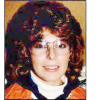POPE COUNTY, Minn. — When Andrew Knutson visited the farm of the three Mitmoen brothers near Ben Wade Township in May 1915, he made a gruesome discovery.
The two oldest brothers, Sven and Johannes (John), were in the house. The youngest brother, Amund, was in the barn.
ADVERTISEMENT
All three were dead, all murdered. Bludgeoned with a stone. Amund may also have been shot.
They appeared to have gone undiscovered for several days.
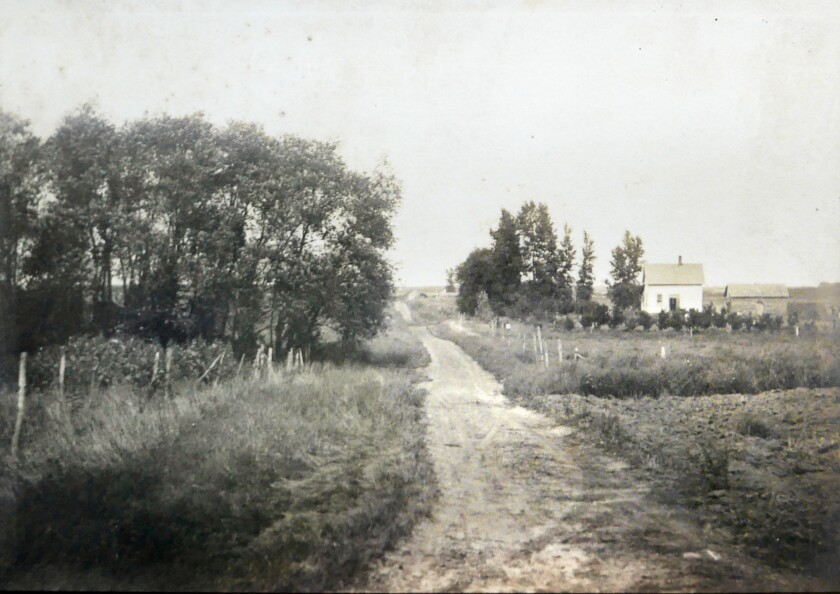
On May 13, 1915, The Glenwood Herald reported: "It seems probable that the brothers had resisted their assailants and that they were killed in the scuffle. … (The) scene at their home is described as gruesome in the extreme."
Robbery was thought to be the motive for the murders, as the brothers were described as being well-to-do and were known to have a considerable amount of money in their possession.
"How much was secured by the robbers is not known," the Herald reported. "(Three) empty pocket-books were found. However, currency and gold to the amount of $2,700 left in a bureau drawer had been overlooked."
By July 1, with no real suspects in the case, a reward of $1,250 was offered, with $500 coming from the brothers' estate, $500 from the county and $250 from the state. This would be more than $39,000 in today's money, according to the CPI Inflation Calculator.
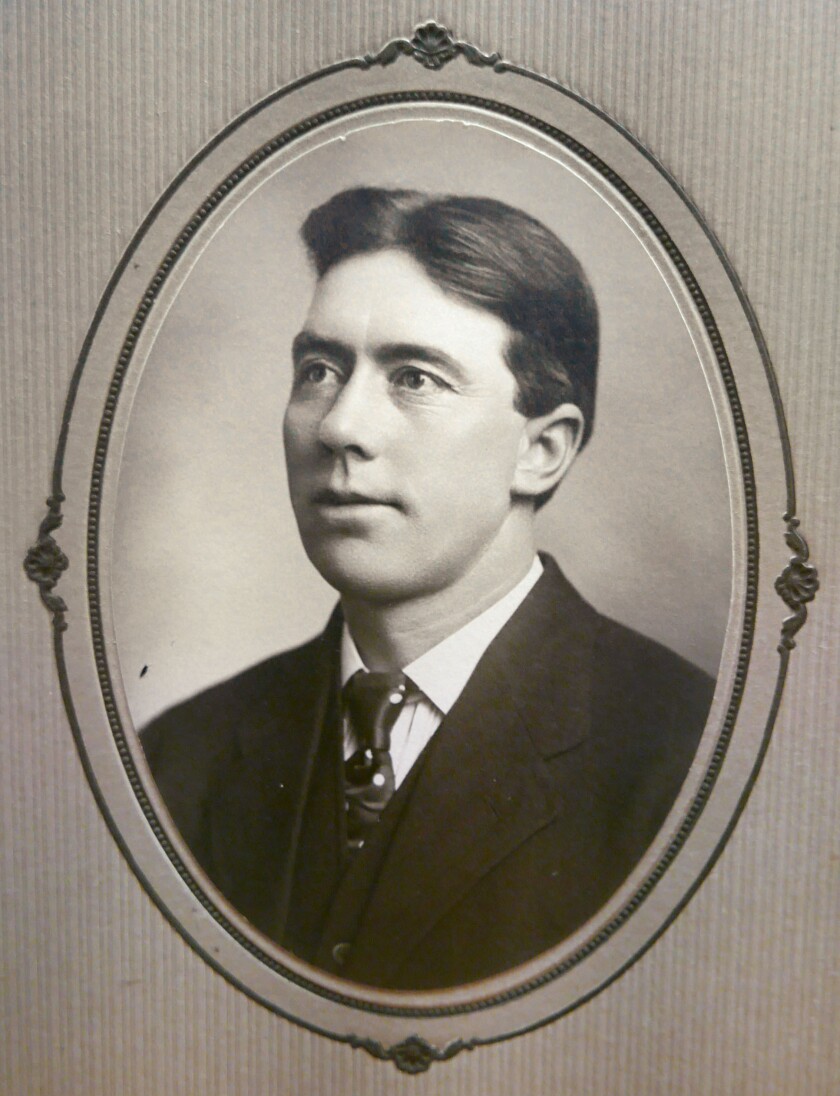
Then in October, two men named John Jacobson and George Nelson, of Lignite, North Dakota, were charged with the crimes and brought to the county jail. They were arrested after being identified by livery owner George E. Wentworth as having engaged an "auto livery" the previous May, a few days before the crimes were thought to have taken place.
ADVERTISEMENT
Jacobson was a nephew of the brothers, and Nelson was Jacobson's brother-in-law.
"The authorities had little or no clues to work upon, but have left no efforts undone to solve the mystery," the Herald reported. "Suspicion has centered for some time on the parties now in jail."
In a preliminary hearing held that November, Minneapolis detective F. L. Winters testified that he had a conversation with John Jacobson the previous week.
"The substance of it was that the defendant had called on his uncles last January at the time of his grandmother's funeral and that he had seen the tin box (where the money was kept in the bureau) at that time," the Herald reported. "He had been asked by an aunt to get an address for an asthma medicine company, and the uncles kept this address with their money and other valuables in the tin box."
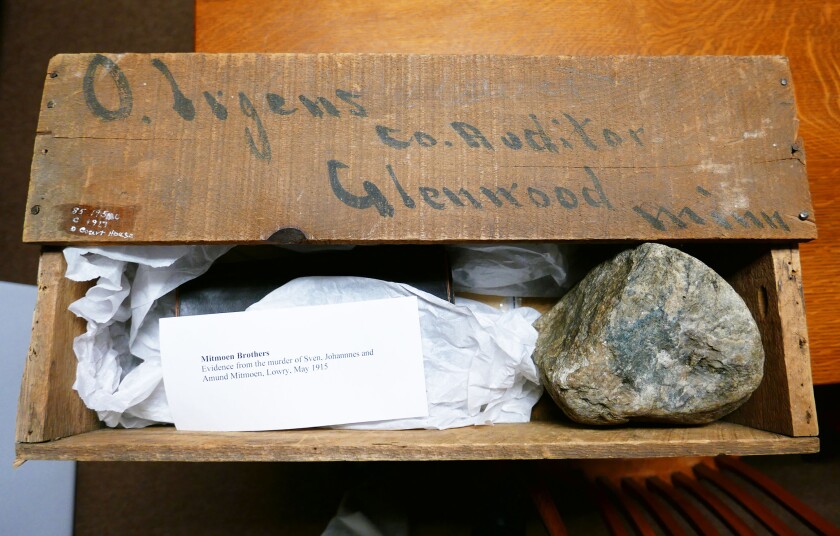
Winters testified that Jacobson did not remember whether he had asked his uncles for a loan at that time.
"In his conversation the defendant is alleged to have admitted that he made the statement that he wished that someone would kill his uncles," the Herald reported. "He had declared however that he had made it in a joshing way."
At the same hearing, Gilfred Syverson testified that eight or nine days before the discovery of the murders, he had sold a .23-caliber Iver Johnson revolver to a stranger who had asked about train service to Lowry, Minnesota. He also sold a box of .32-short cartridges to the same man.
ADVERTISEMENT
"He could not positively identify John Jacobson as the man who had made the purchase, but declared that he bore a very strong resemblance to the party who had bought the revolver," the Herald reported. "His description of the man who bought the revolver tallied very closely with the appearance of the defendant."
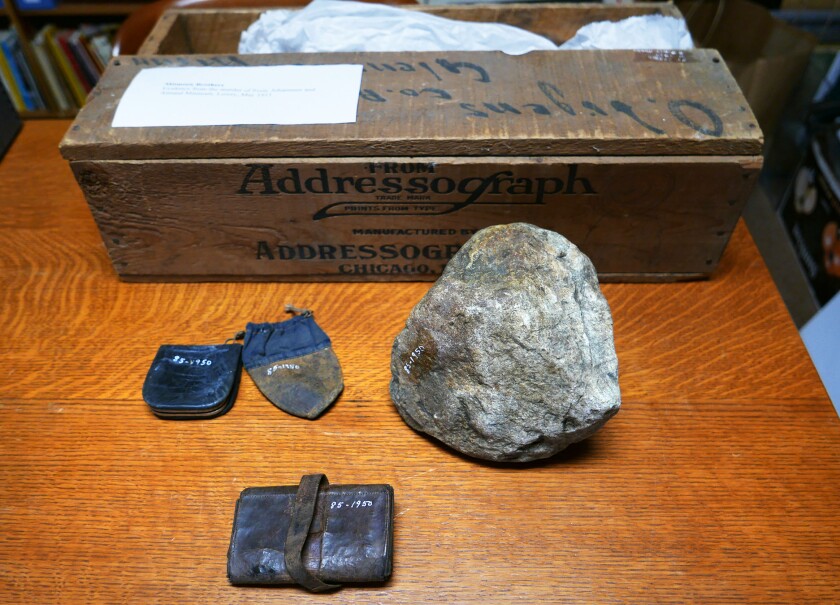
Furthermore, Wentworth testified that two men had engaged a car for Lowry on the evening of May 3. Wentworth singled out Jacobson as one of the men who engaged the car, and said that George Nelson had accompanied him.
Similar testimony was given at the trial, which was held in December.
However, testimony was also offered that placed both Jacobson and Nelson in North Dakota at the time the murders were alleged to have taken place.
"The defense in this case presented a strong alibi," the Herald reported.
As a result, the men were acquitted by the jury and released on their own cognizance.
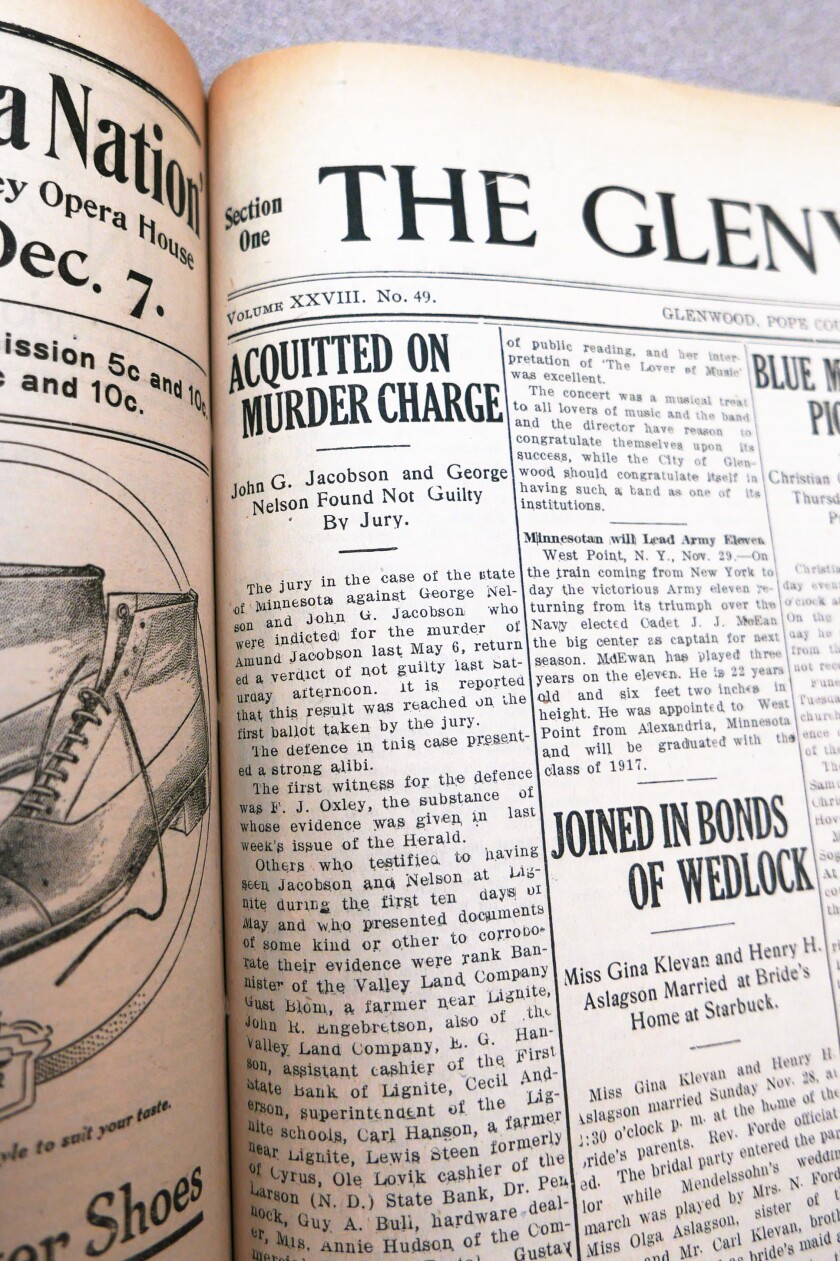
"Attorneys for both state and defendants presented their respectable side of the case very ably and without waste of time in reporting to technical objections," the Herald reported. "The case was tried fairly and impartially and on the evidence offered the defendants were justly entitled to the verdict returned by the jury."
ADVERTISEMENT
Following the conclusion of the trial, nobody else was ever charged with the murders.
Editor's note: Thank you to everyone at the Pope County Museum for their help with this article.














